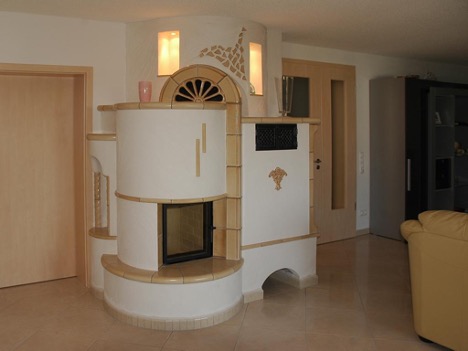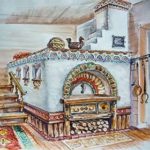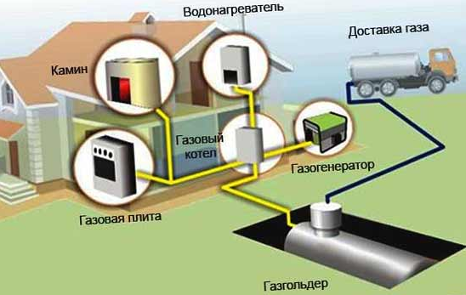Stove and fireplace in one chimney: possible or not, how to connect
Connecting a stove and fireplace into one chimney often raises questions among residential property owners. This is technically possible, but requires strict adherence to safety standards and regulations. The main condition is to ensure effective removal of combustion products and prevent backdraft. In addition, you need to take into account the power of each heating device and its effect on the overall smoke removal system.
The content of the article
Rules for connecting two stoves into one chimney
Connecting two stoves into one chimney requires compliance with the following rules:
- Make sure your system meets local building codes.
- Use high-quality chimney materials that are resistant to high temperatures and corrosion.
- The chimney inlets for each heating appliance must be properly located and separated to ensure efficient draft.

Technical aspects of connecting two stoves into one pipe
Connecting two stoves into one pipe requires careful planning and calculation. It is important to consider that each stove creates a certain pressure in the chimney, and their simultaneous operation can lead to disruption of normal draft. This may cause smoke in the room and increase the risk of fire.It is also important to consider the height of the chimney and its cross-section to ensure sufficient draft for both devices.
What absolutely should not be done
When planning a heating system where the stove and fireplace are connected to the same chimney, there are strict prohibitions, failure to comply with which can lead to serious problems with the safety and efficiency of the system.
- Building codes and safety standards should not be neglected. Each heating system must comply with established rules and regulations, especially when it comes to connecting two stoves into one chimney.
- You cannot use materials that are not intended for high-temperature exposure and aggressive environments, such as combustion products. This can cause the chimney to wear out quickly and become damaged, increasing the risk of fire.
- Do not connect the chimney entrances from the stove and fireplace at the same level or too close to each other. This can disrupt normal draft and lead to flue gases escaping back into the room.
- Regular system maintenance cannot be ignored. Failure to clean and inspect your chimney increases the risk of soot and soot forming, which can lead to a fire.
Compliance with these prohibitions and recommendations will help ensure the safe and efficient use of a heating system in which the stove and fireplace are connected to the same chimney.

Do it yourself or hire a professional
When deciding whether to do it yourself or hire a professional to connect the stove and fireplace to a single chimney, it is important to consider several key aspects.
Pros of hiring a professional:
- Connecting a stove and fireplace to a single chimney is a complex task that requires extensive knowledge and experience in the field of construction and heating systems.
- Improper installation can lead to serious problems, including the risk of fire and carbon monoxide poisoning.
- A professional installer will ensure that the work is completed in accordance with all building codes and standards.
If you decide to complete the task yourself:
- Study building codes and requirements for installing chimneys and heating systems.
- Plan your system carefully, taking into account the location and power of each heating device.
- Prepare the necessary materials. These must be temperature-resistant chimney pipes, insulating materials and fasteners.
- Carry out installation following the manufacturers' instructions and ensuring that all parts of the system are properly connected and insulated.
- Check the system for leaks and proper operation before starting it up.
The choice between doing the job yourself and hiring a professional depends on your skills. And also on experience and readiness for possible risks. In cases where safety is a key factor, it is recommended to contact experienced specialists.
Recommendations for the safe use of two chimneys in one pipe
To safely use two chimneys in one pipe, it is necessary to regularly carry out technical inspection and maintenance of the system. The chimney should be regularly cleaned of soot and soot. After all, their accumulation can lead to a fire. It is also recommended to install carbon monoxide and smoke detectors. They are needed for early detection of possible problems in the heating system. Always follow the manufacturer's instructions and do not experiment with system design without consulting a specialist.





